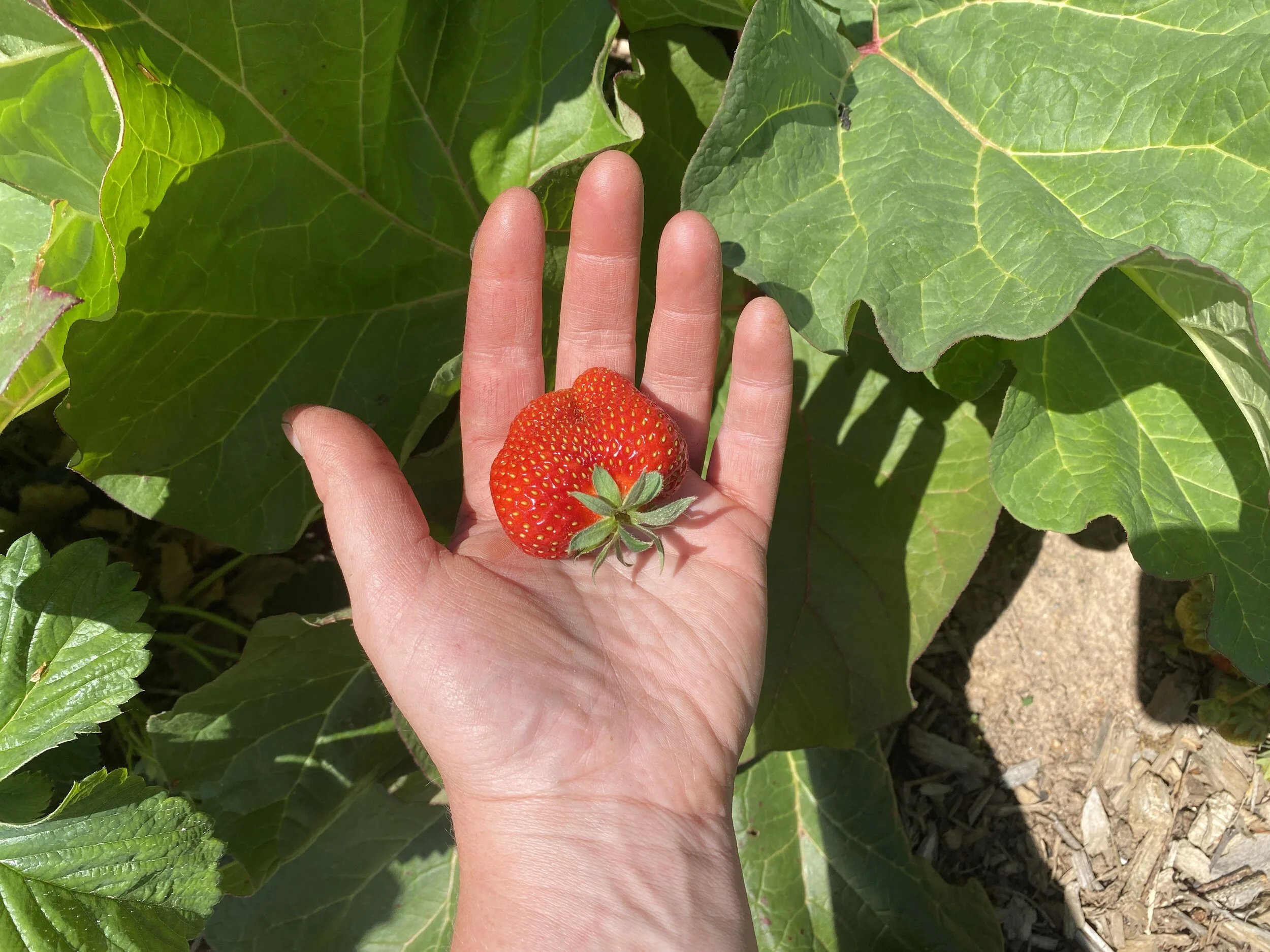A Better Way
Emily Ellis
We’re excited to offer this course again in September 2022! Scroll down to read a short interview with course instructor Danielle Wyman Castellano, who discusses the history and practice of permaculture and her upcoming course at Oak Spring.
Humans ask a lot of the land we cultivate, and forcing the natural world to do our bidding can lead to devastating environmental degradation. Growing plants for food, fiber and shelter in a way that works with natural ecosystems can ensure our survival - and that of our fragile planet - into the future.
Working with nature, rather than against it, is the main idea behind permaculture, an approach to land management and philosophy developed by Australian ecologist Bill Mollison in the 1970s. Whether you want to design an entire desert oasis or a corner of your yard, applying permaculture practices to your farm or garden can help promote biodiversity, reduce labor and expenses, and leave behind a healthier world for future generations.
Photo courtesy of Danielle Wyman Castellano
"Instead of coming in and imposing our will on the land, it's coming in and seeing what wants to happen here, and evoking that and helping to enhance that using things like observation," said Danielle Wyman Castellano, the leader of Oak Spring’s upcoming Permaculture Design Certification Course. Danielle is the President of Regenerative Earth Design and is an Adjunct Professor for Food Systems and Policy with the School of Integrative Studies at George Mason University.
“Permaculture asks the question, "how do we look at what nature does so wonderfully, and how do we mimic that? How can we encapsulate that and mimic that in a way that makes sense?”
We asked Danielle to tell us a little more about permaculture, and the upcoming course she is leading at the Oak Spring Garden Foundation. Scroll down to read more.
What is permaculture, exactly?
The term permaculture combines the words “permanent” and “agriculture.” Simply put, said Danielle, that is what it is: agriculture centered around perennial plants that don’t need to be replanted every year. Those who use permaculture design on their property thoughtfully observe the ecosystems around them and attempt to imitate those systems through companion planting, soil restoration, water harvesting, and other sustainable practices.
Permaculture can be a family affair. Photo courtesy of Danielle Wyman Castellano.
“What we're really trying to do is we're trying to mimic what nature does so perfectly and so beautifully,” explained Danielle. “We're basically putting it into a system, and using it to design areas that we're wanting to cultivate - whether you're wanting to produce food, fiber, shelter, or even just habitat for wildlife.”
The concept of permaculture was coined by Australian ecologist and University of Tasmania professor Bill Mollison in the 1970s. Concerned by the environmental damage wrought by traditional agricultural practices and looking for a better way, he spent years studying the methods that indigenous people in Australia and in other places around the world used to cultivate plants, which resulted in a far smaller environmental footprint. Permaculture takes this harmonious, nature-first approach to landscaping and cultivation and places it into a modern design system that people can implement in their own lives, explained Danielle.
The approach goes beyond landscape design, however: practitioners of permaculture follow three ethical principles - Care of Earth, Care of People, and Fair Share - in an effort to create fertile, resilient landscapes and communities both inside and outside the boundaries of their garden or farm.
“They are three very simple ethical principles, but so critically important,” said Danielle. “If we were thinking of applying those principles to our daily lives, without doing anything with plants or the landscapes, what a radically different world we would live in.”
For those interested in learning more about permaculture design, Danielle recommends Bill Mollison’s 1997 book Permaculture: A Designers' Manual as a great starting point.
What are the benefits of permaculture?
Broadly speaking, permaculture helps to support and preserve natural ecosystems while ensuring that humans have sustainable sources of food, fiber and shelter - especially critical as we face the enormous challenge of climate change. On a smaller scale, it can save you time, money, and resources.
A lovely bunch of perennials grown at the BCCF. Photo by Christine Harris
While there are certainly upfront costs and labor involved with permaculture design - such as amending the soil through mulching and compost, and purchasing perennial trees, shrubs and other plants, and implementing water conservation systems - what you’ve planted should be pretty self-sufficient once it is established.
“If you've done things correctly and planted the right companions with your perennial trees and bushes, then the plants should start to take care of each other in a really beautiful way,” said Danielle.
Permaculture doesn’t have to be an all or nothing approach, either - environmentally conscious landscapers and gardeners can transform their property gradually, or choose what permaculture designs they’d like to try out, said Danielle.
“Permaculture provides an example for others, it provides a system of resiliency and redundancy for our living, and it's just the right thing to do in terms of taking care of ourselves and each other and the planet,” she said.
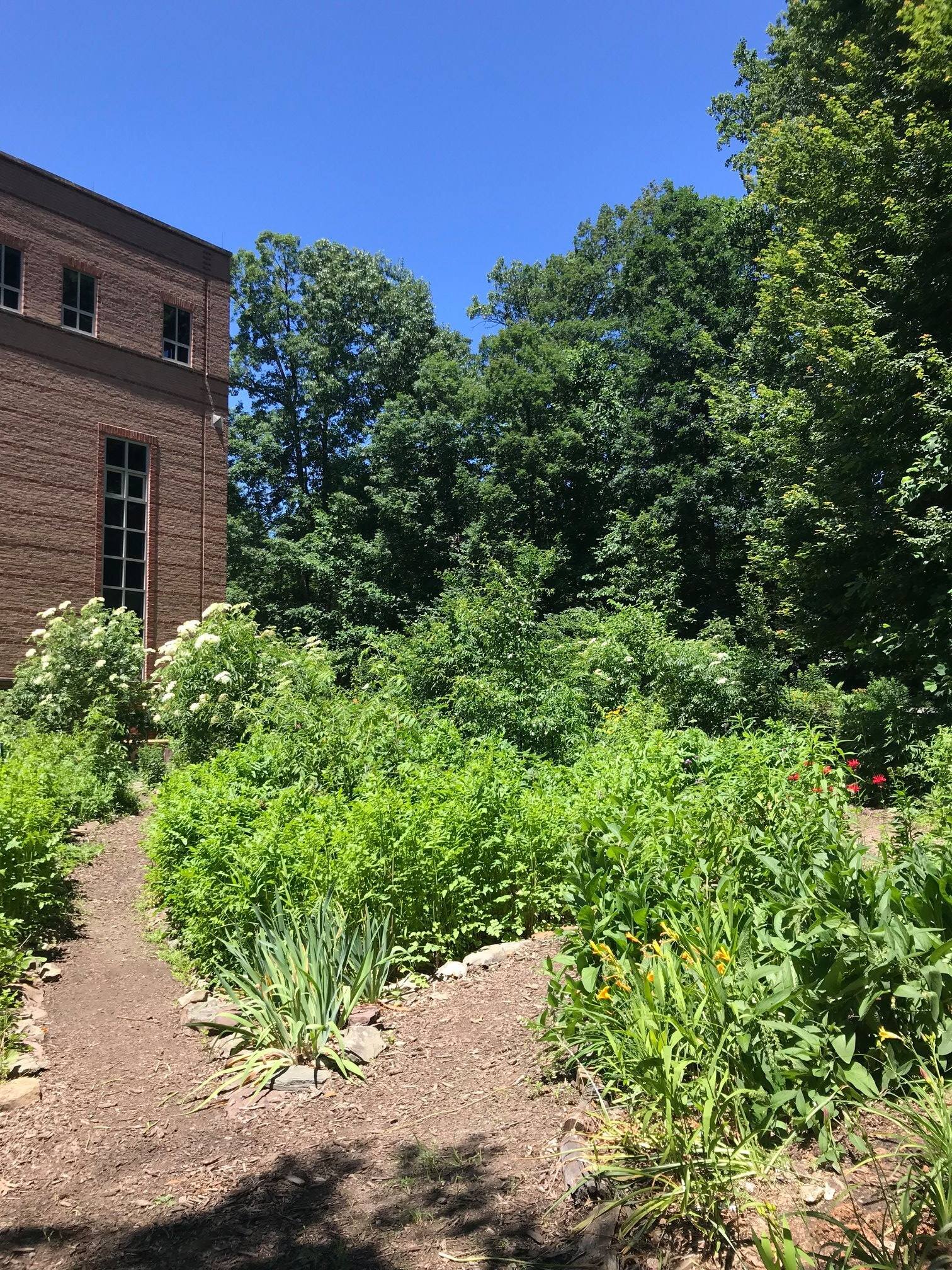

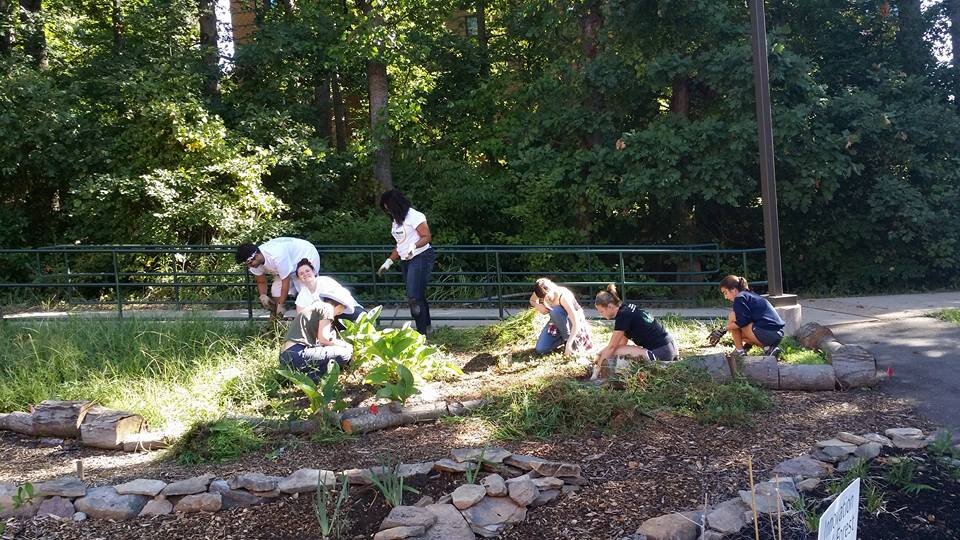

What will Oak Spring’s Permaculture Design Certification Course be like?
Led by Danielle, who will be assisted by some of Oak Spring’s farm and gardening staff - many of whom have studied permaculture design themselves - the course will involve a lot of time outside exploring Oak Spring’s beautiful and varied landscape.
“We are going to be doing as much hands on experiential learning as possible,” said Danielle. “We have such an incredible opportunity to be at the Oak Spring Garden Foundation's gorgeous property - there are so many different environments here, from completely wild areas to reforested areas to the Biocultural Conservation Farm to even aquaculture and ponds, so we're going to be using all of these areas as a template to start weave together the permaculture principles and understandings.”
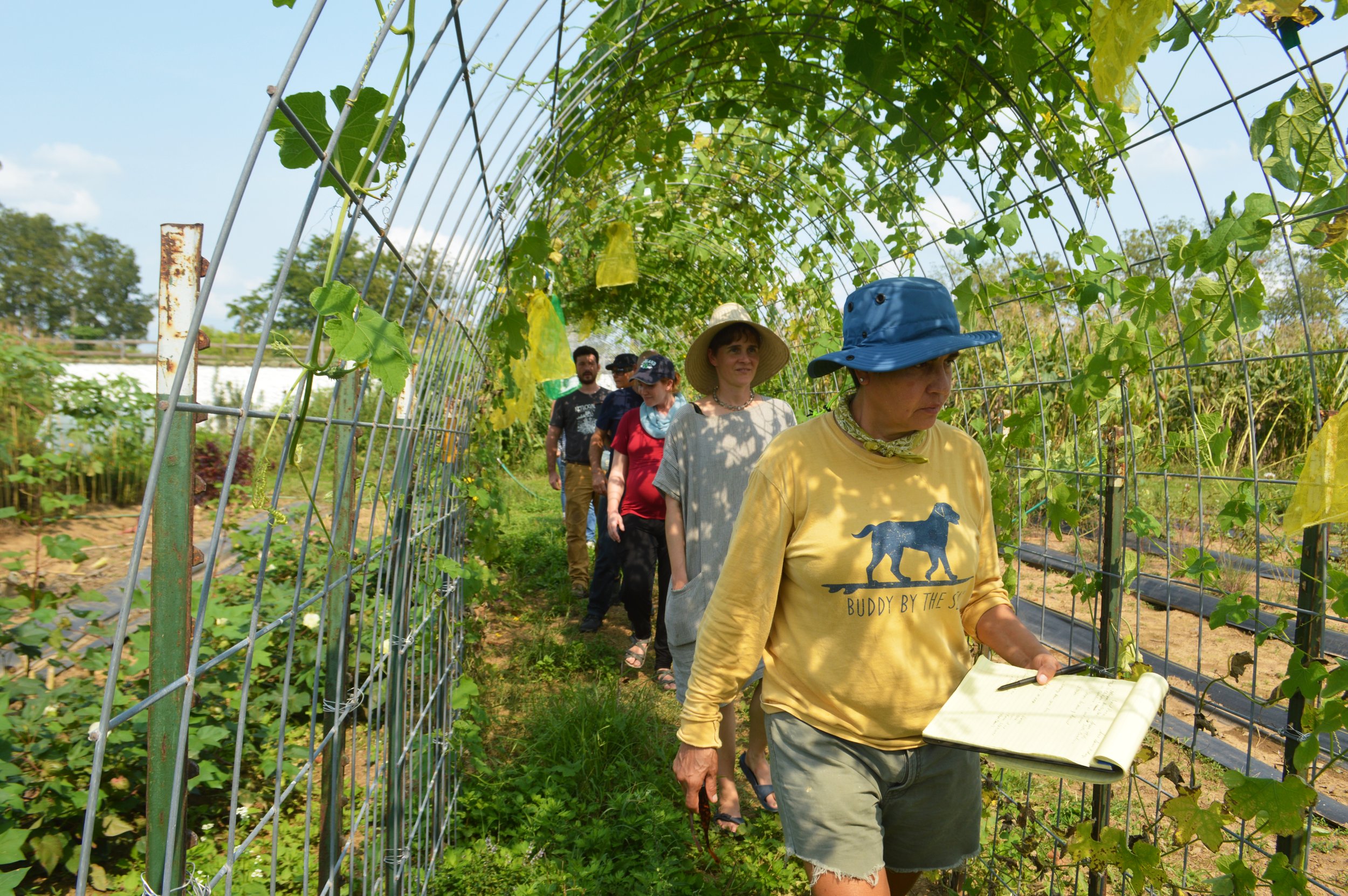
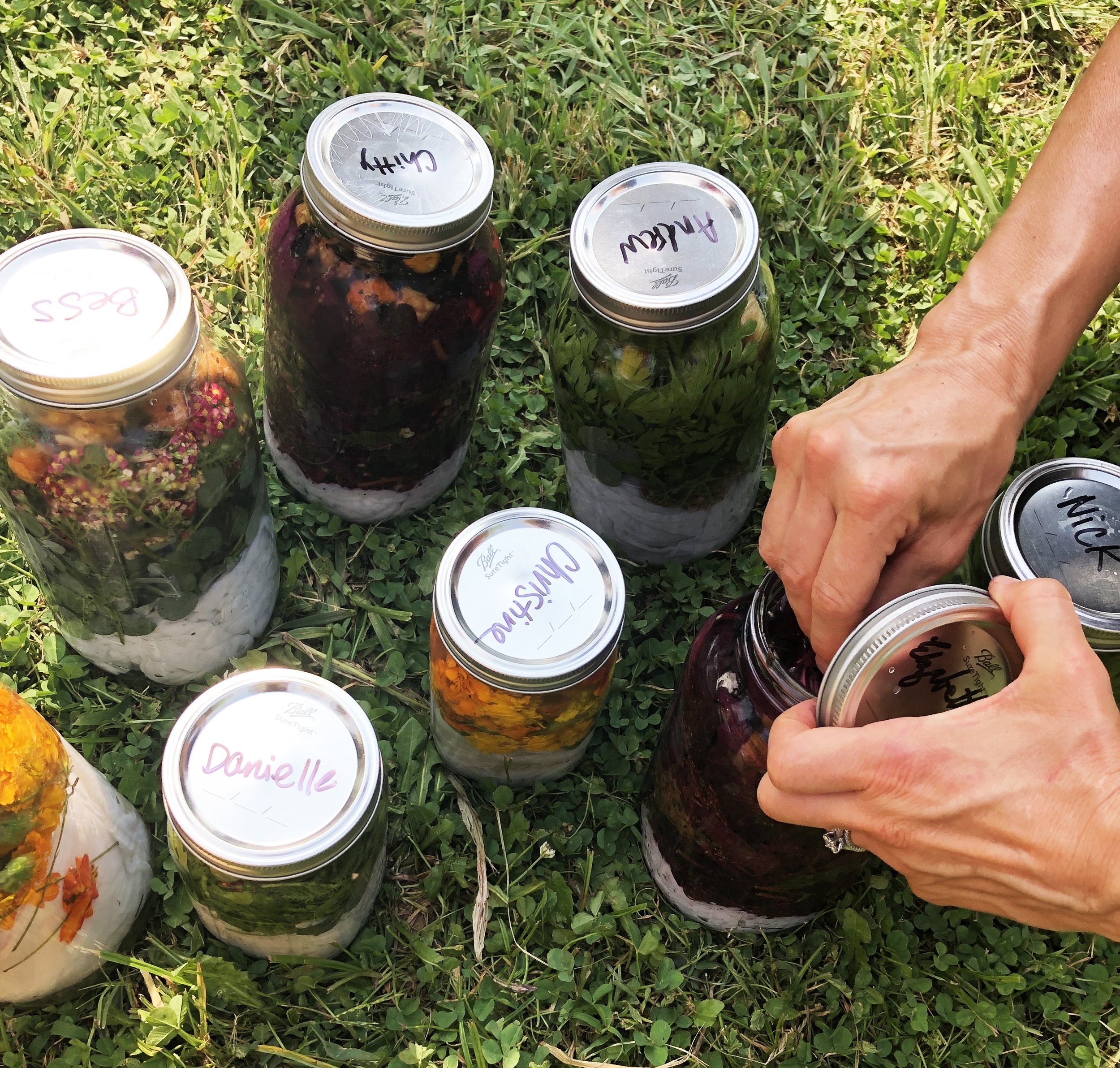
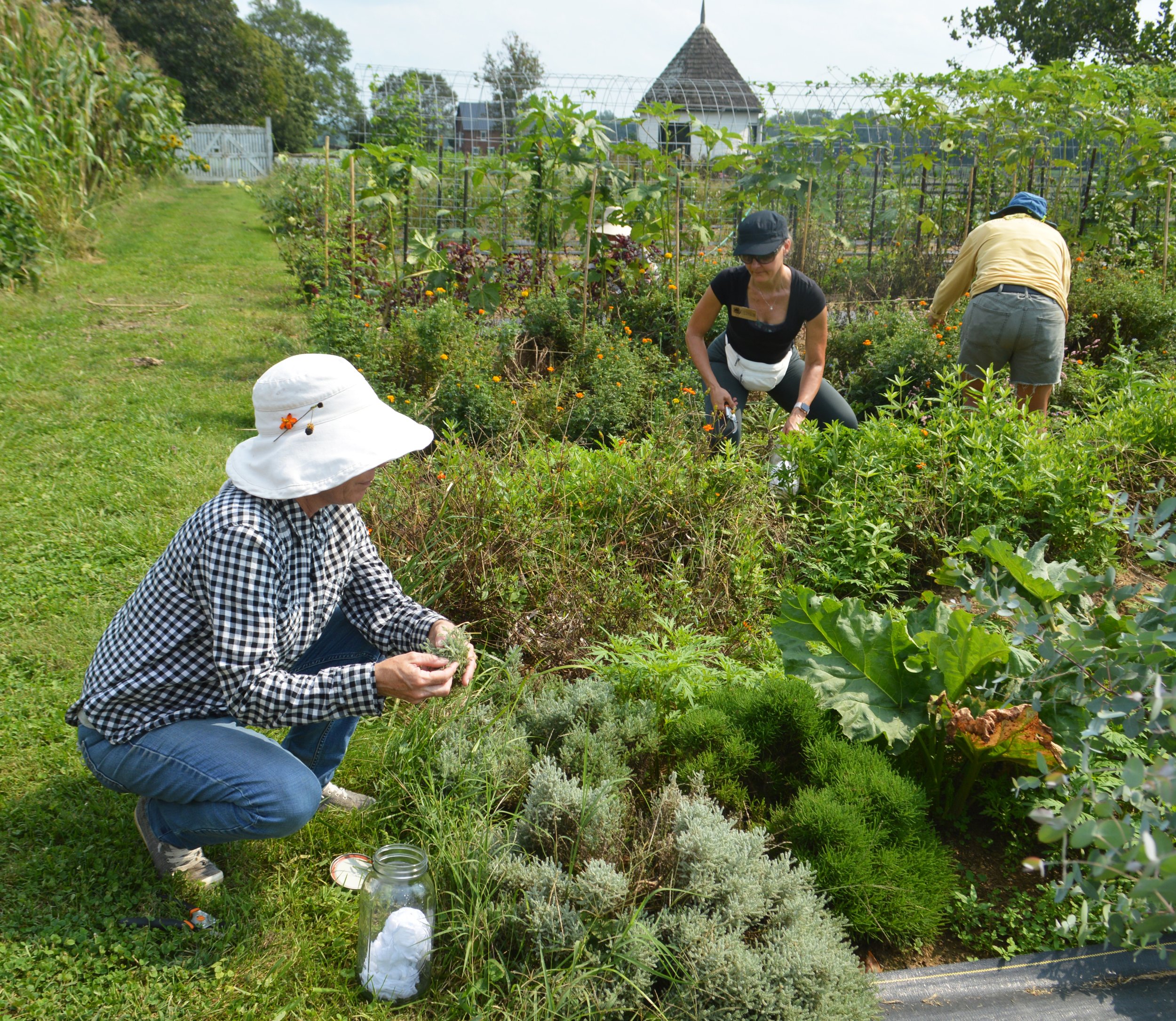

The course is suitable for a wide range of people, from budding homesteaders and gardeners to professionals interested in permaculture, including but not limited to artists, educators, scientists, advanced students across a range of disciplines, and landscape architects. Both beginning and experienced designers are welcome, said Danielle.
“We'll be spending a lot of time outside, just exploring and observing, but we'll also have time to get our hands dirty,” she continued. “This is not in any way going to be a passive class - it's going to be very engaged, very fun, very hands-on.”
The 72-hour course will run from eight days from Wednesday, September 7, 2022 to Wednesday, September 14, 2022. The application deadline is June 30. Visit https://www.osgf.org/permaculture for more information and to apply.
Banner image: Caitlin Etherton
Innovation Food Forest photos courtesy of George Mason University’s Sustainability Office. Learn more about the project here.
